The cooking of the maguey for the production of Mezcal is a process that combines tradition and science, essential to give this beverage its distinctive characteristics. At the heart of this method is the use of subway ovens, where the ripe agave piñas, already cut, are placed on stones heated red-hot with firewood. This slow cooking method allows a gradual transformation of the plant's complex carbohydrates into fermentable sugars. Covered with earth, the pineapples are roasted for several days, acquiring a smoky flavor and a texture that will facilitate the extraction of the sugars during milling.
The practice of cooking the maguey underground is not only a reflection of the cultural heritage of the mezcal regions, but also a testimony to their empirical knowledge. Temperatures and cooking times are meticulously adjusted by the master mezcaleros to ensure the quality of the final product. This ancestral process, though laborious, is crucial to the flavor profile of Mezcal, and its preservation is fundamental to maintaining the authenticity and integrity of this emblematic Mexican beverage.


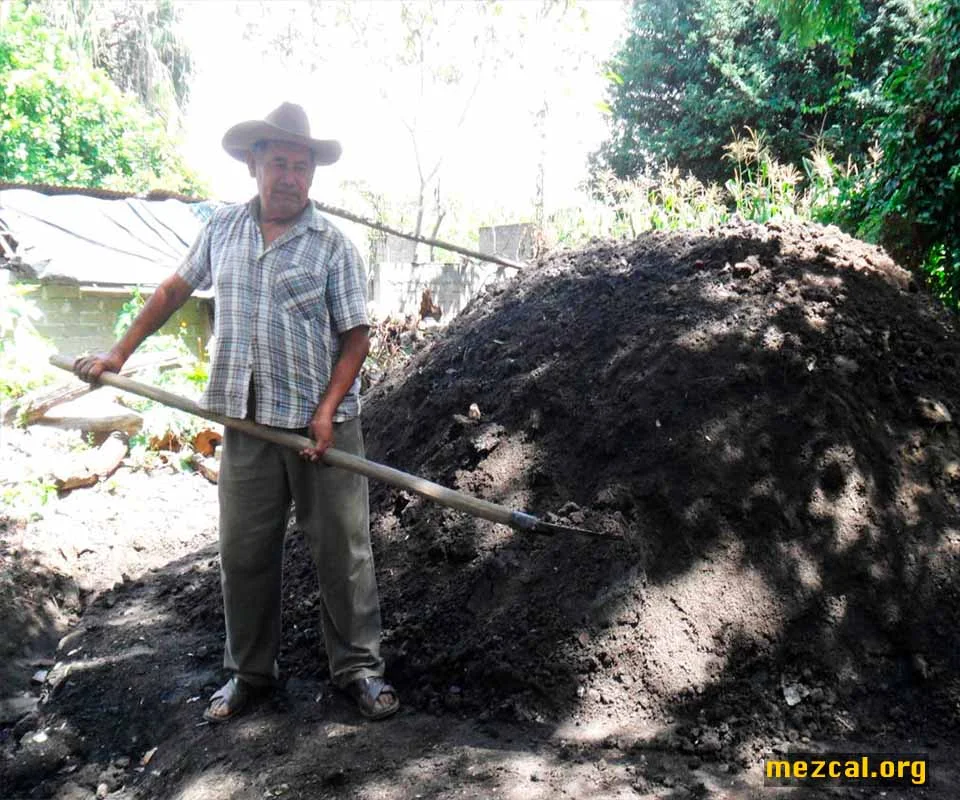





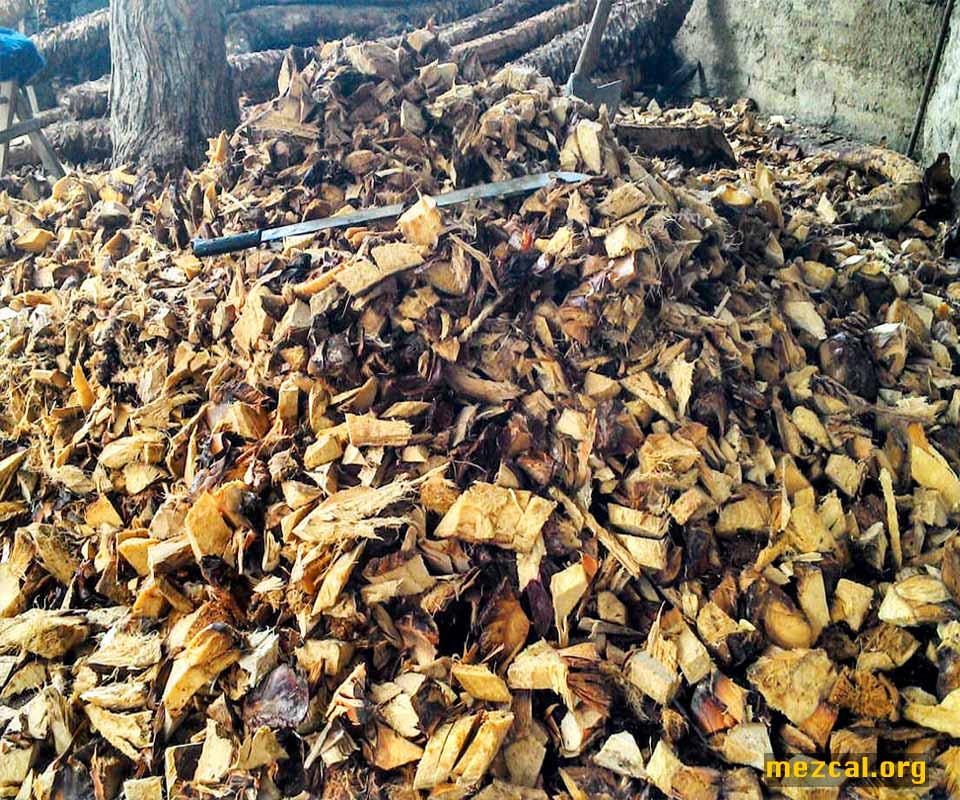

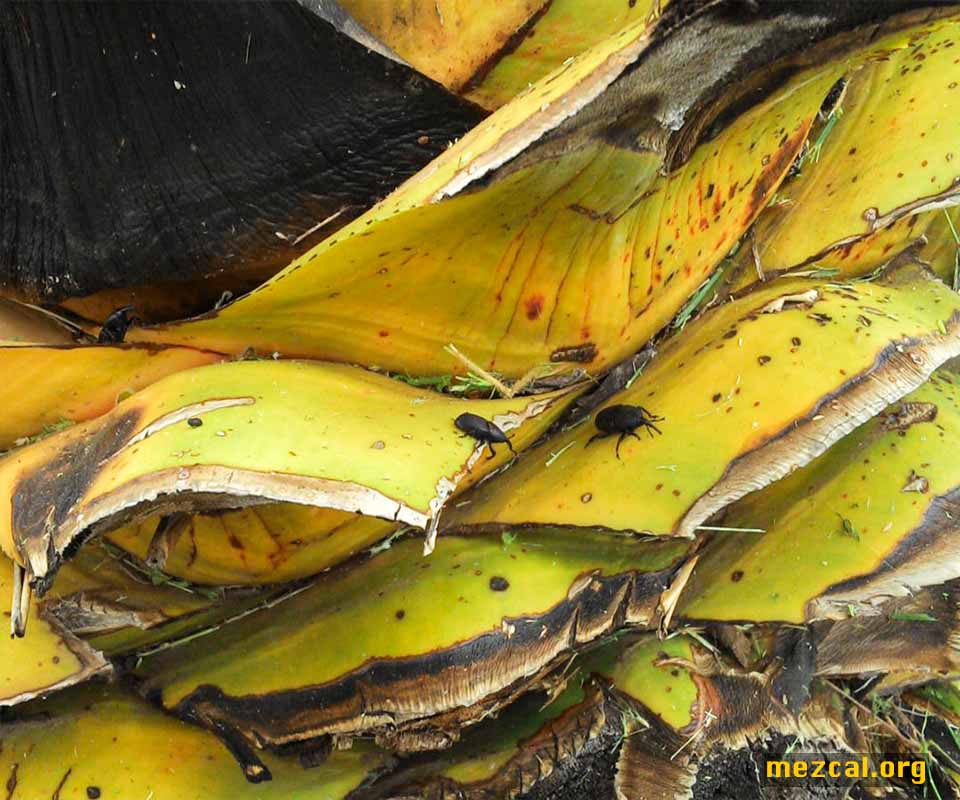
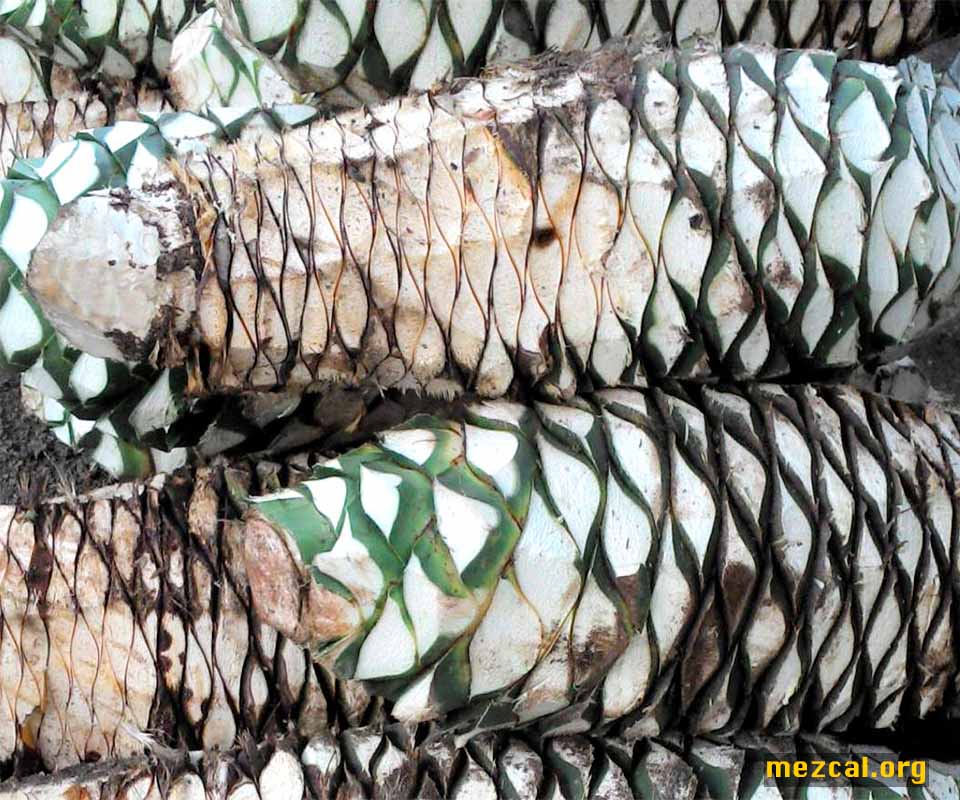
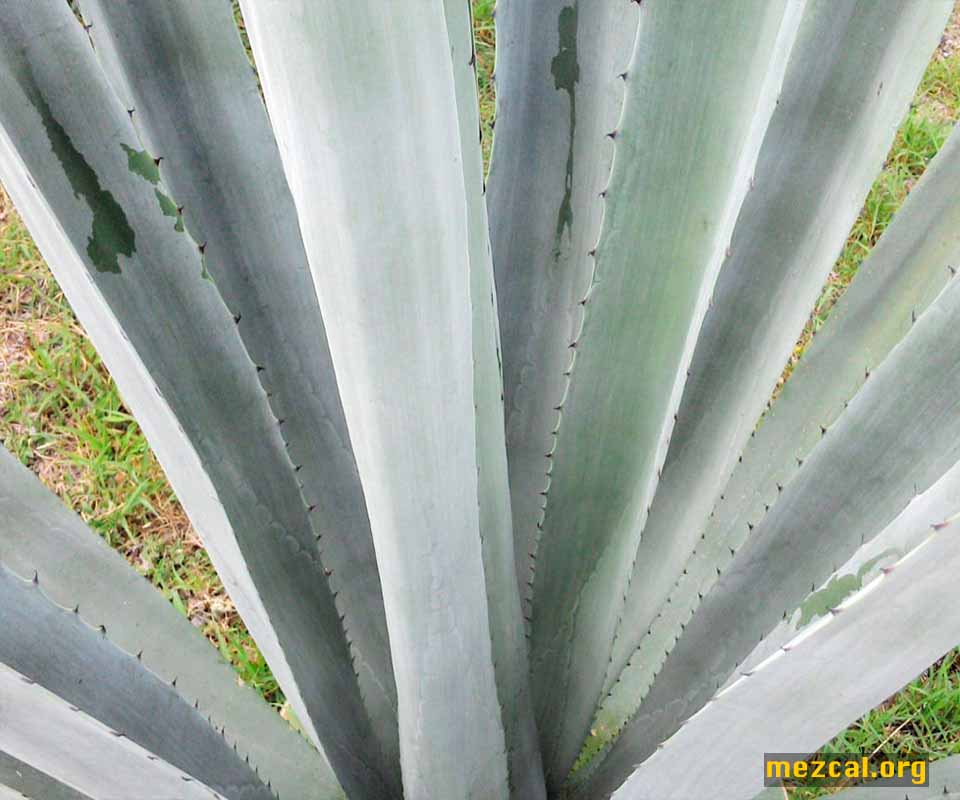
Comments